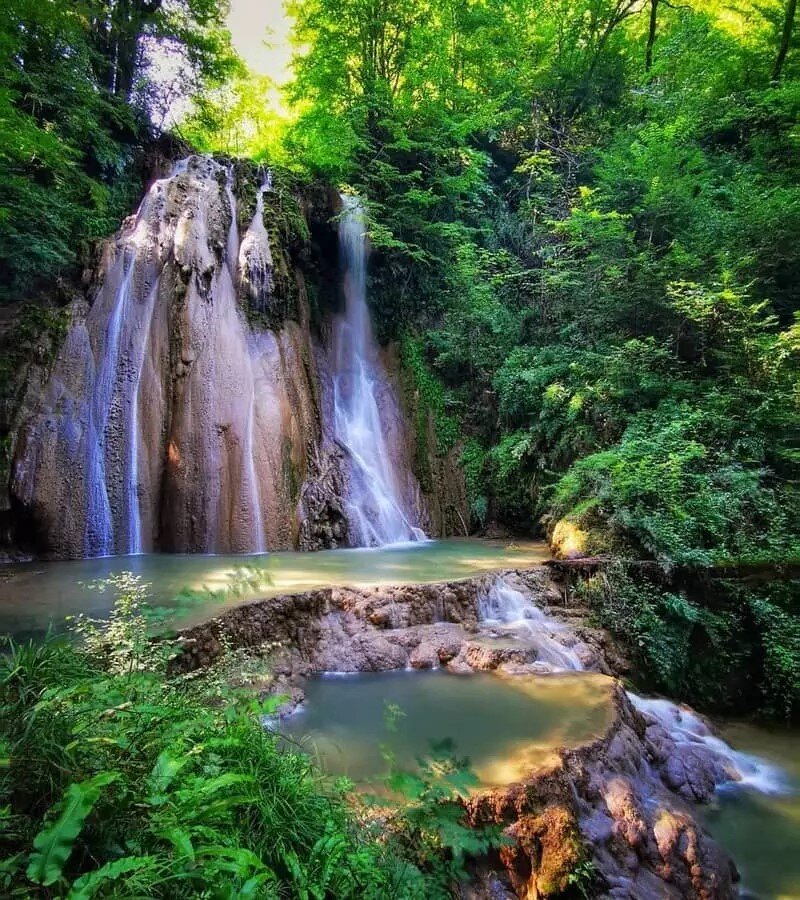
Similar Posts
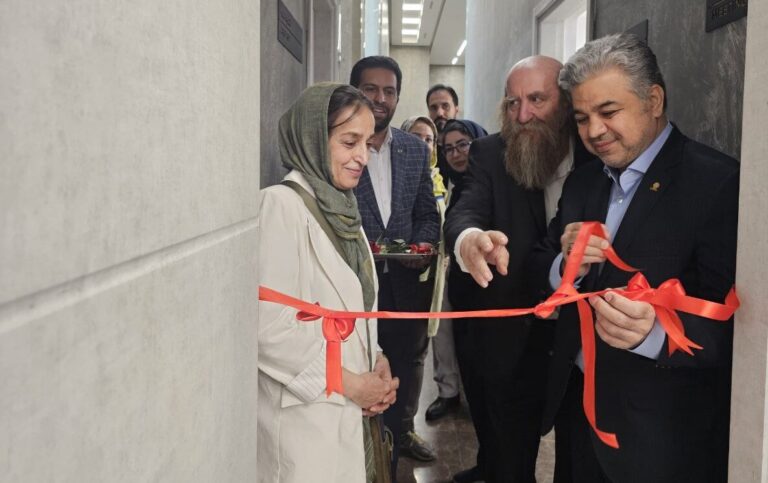
Iran Launches First-Ever College Dedicated to Classic Car Restoration Mastery
Iran has launched its first specialized college for classic car restoration, affiliated with the Dafineh Museum Group and supported by the Mostazafan Foundation. Located at the Automobile Museum of Iran, the college aims to blend education with cultural preservation, nurturing skilled restoration experts. The opening ceremony featured keynotes from cultural figures, emphasizing the importance of engaging younger generations in museums and utilizing modern technology for accessibility. The college will cover traditional craftsmanship and conservation science, positioning itself as a regional hub for classic car restoration and showcasing Iran’s rich automotive heritage and historical significance.
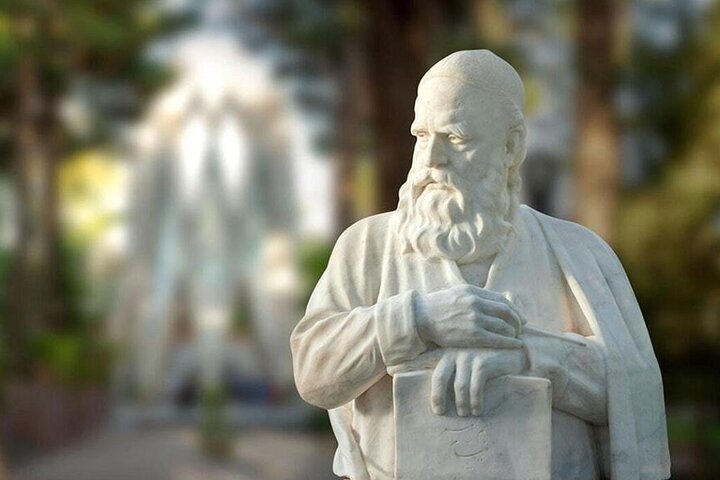
Khayyam: The Visionary Who Unites Science and Art in a Unique Fusion
On May 18, Iran commemorates National Day of Omar Khayyam, honoring the influential Persian poet, mathematician, and astronomer. Born in Neyshabur, Khayyam’s contributions span literature, mathematics, and calendar reform. His celebrated work, the Rubaiyat, explores existential themes and resonates globally. Notably, he advanced algebra, particularly in solving cubic equations, and played a key role in creating the accurate Jalali calendar. Khayyam’s interdisciplinary approach blends scientific rigor with artistic expression, inspiring scholars and artists today. His mausoleum in Neyshabur stands as a testament to his enduring legacy, reflecting his profound impact on literature, science, and philosophy.
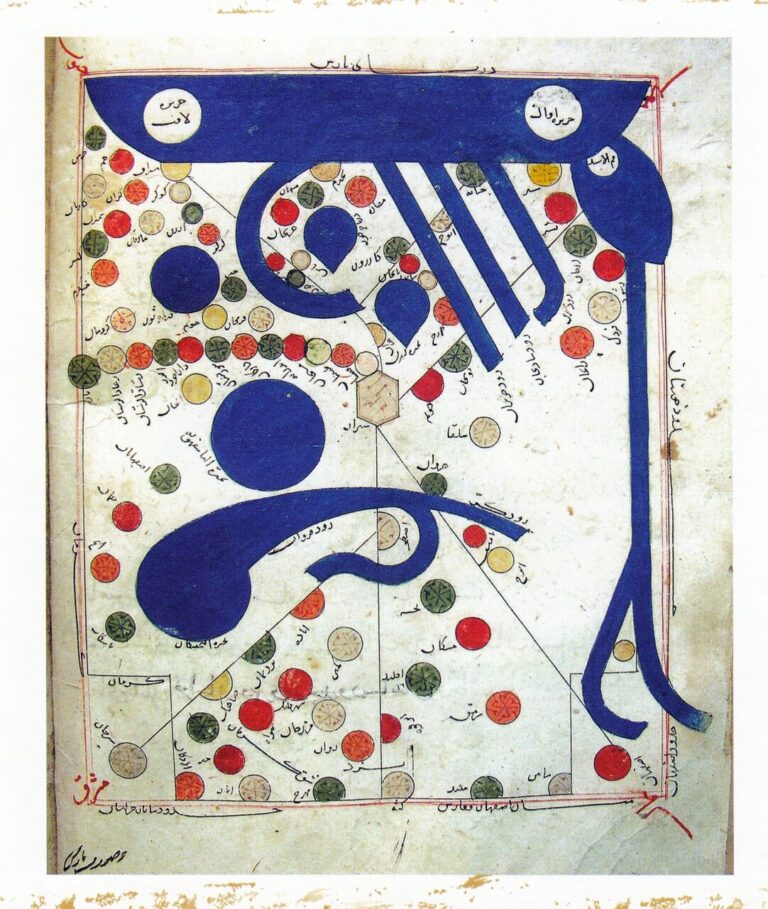
Exploring Timeless Journeys: Unveiling ‘The Book of Routes and Realms’
The Book of Routes and Realms (Kitāb al-Masālik wa al-Mamālik), authored by Ibrāhīm al-Iṣṭakhrī in the 10th century, is a pivotal geographical text detailing the Islamic world, divided into twenty regions. Iṣṭakhrī, a notable geographer from Istakhr, significantly influenced Islamic geography. The manuscript, housed at the National Museum of Iran, is among the oldest from the Seljuk period and features a Persian translation. It includes artistic elements like gilded headpieces and colored maps, and is recognized by UNESCO for its cultural importance. The work provides insights into distances, products, and historical monuments, especially focusing on Persia.
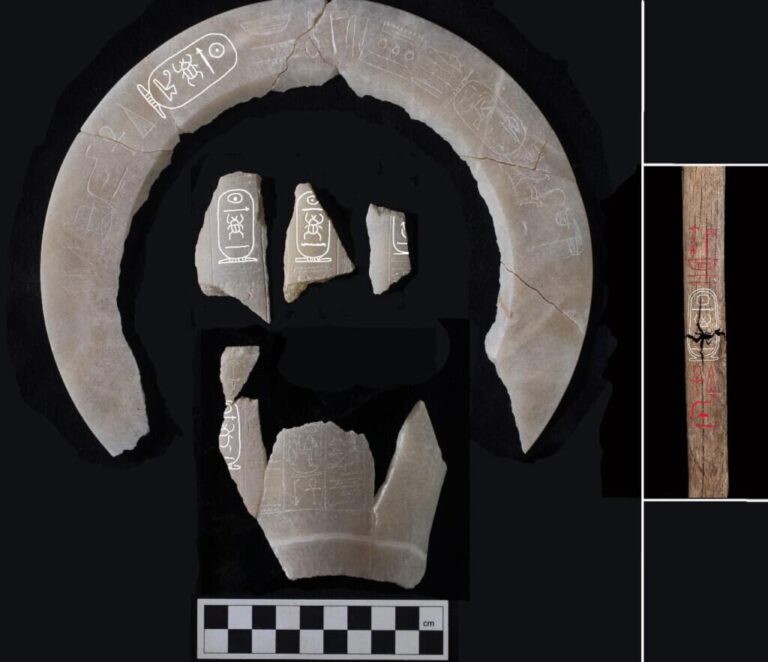
Groundbreaking Discovery: First Ancient Egyptian Pharaoh’s Tomb Uncovered in a Century!
The tomb of Thutmose II, a notable ancient Egyptian pharaoh, has been discovered west of the Valley of the Kings, marking the first pharaoh’s burial site found since King Tutankhamun’s in 1922. Although the tomb is mostly empty due to flooding shortly after Thutmose II’s burial, archaeologists confirmed its identity through inscribed pottery. Thutmose II, who ruled around 3,500 years ago and was married to Queen Hatshepsut, is noted for military campaigns in Nubia and the eastern Mediterranean. The discovery raises questions about burial practices and Thutmose II’s reign, as researchers continue to explore the site for further insights.
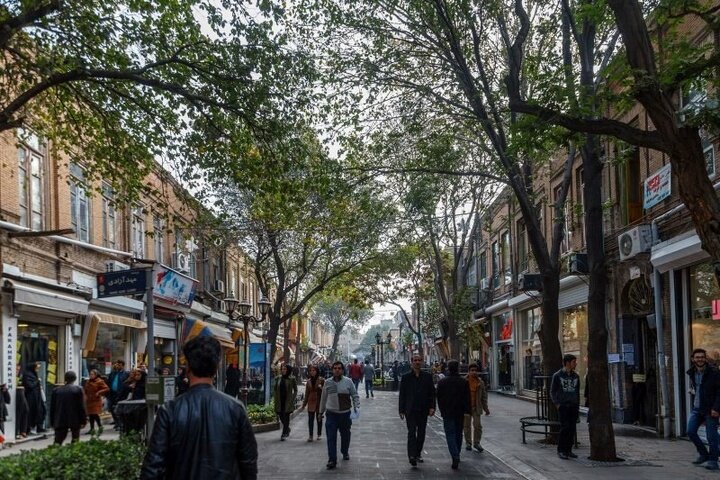
Revitalizing History: Exciting Restoration Project Unveiled in Tabriz’s Historic Core
A new initiative has begun to restore the historic core of Tabriz, focusing on the architectural rehabilitation of Imam Khomeini Street. Mayor Hossein Monirifar announced that restoration work is underway between Sa’at Square and Tarbiat Pedestrian Walkway, in partnership with the East Azarbaijan Department of Cultural Heritage. The project aims to align the facades with Tabriz’s historical fabric, incorporating traditional lighting and signage. Deputy Head Vahid Navadad emphasized the importance of preserving Tabriz’s cultural identity for sustainable urban tourism. This effort not only seeks to rejuvenate Tabriz as a tourist destination but also to maintain its rich heritage for future generations.
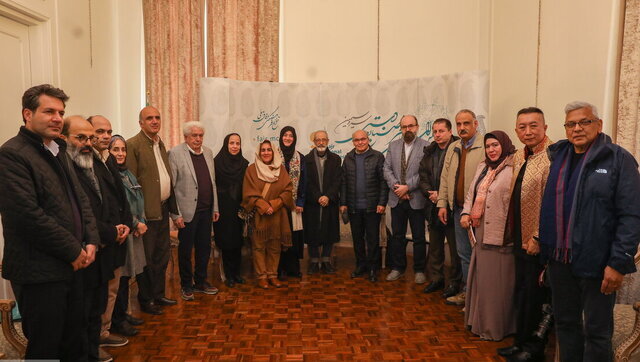
Meet the Esteemed Judges of the 9th International Fajr Handicrafts Festival!
The 9th International Fajr Handicrafts Festival, Sarv-e Simin, celebrates traditional Iranian craftsmanship and promotes international collaboration. With a distinguished panel of judges from various countries, including Indonesia, Argentina, and India, the festival evaluates over 7,000 submitted artworks. Only 200 pieces advance for review, culminating in six awards. A new “People’s Choice” award allows public voting via QR codes, enhancing engagement. Held at the Sa’dabad Cultural-Historical Complex, the festival showcases 4,378 Iranian and 198 international artists’ works. It aims to highlight Iran’s rich artistic heritage and stimulate economic opportunities in the $770 billion global handicraft market.